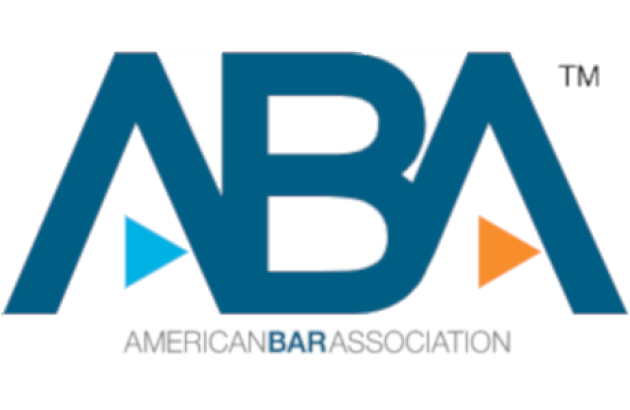Blog
New ABA Title: Biotechnology and the Law
According to the OED, biotechnology is "The application of science and technology to the utilization and improvement of living organisms for industrial and agricultural production and (in later use) other biomedical applications". Broadly, biotechnology (or biotech) covers a wide-range of topics and applications, including agriculture and food production, health care and medicine, and industries like textiles and biofuels. As explained on Wikipedia, biotech can overlap in the fields of molecular biology, bio-engineering, biomedical engineering, biomanufacturing, and molecular engineering.
Biotechnology has been around for thousands of years. One of the first uses of biotech was fermentation in beer making by the Chinese in 7000 BCE. Other early uses included yogurt and cheese making, using yeast to leaven bread, and crop rotation. More modern uses include the development of vaccines and antibiotics, artificial insemination, and research in DNA structure and gene therapy.
In the legal world, biotech converges across multiple points of law, including patents and intellectual property, corporation formation, labor and employment, international retail, medical regulations, and environmental regulations, just to name a few. The new ABA publication Biotechnology and the Law explores many of these topics as it examines the cross-sections of biotechnology and the law. Edited by Hugh B. Wellons, Robert F. Copple, and William Wofford, this second edition is a primer whose goal is to "provide enough information for counsel and management to plan strategically, and enough guidance to know when you need a specialist's advice" (xl).
Chapters of this text roughly focus on three areas: the biotech company and employment (e.g. "Company Formation", "Financing a Biotech Company", "Employment Issues for Biotechnology Companies"), research and development (e.g. "Regulation of Preclinical Research", "Federal Regulation of Clinical Research"), and regulation and the approval process (e.g. "Environmental Regulation of Biotechnology", "Approval of Biotechnology Products for Human Use", "Federal and State Regulation after Approval"). New to this edition is a chapter on "Bioethics" which explores what bioethics is and the legal contexts for bioethics. The appendices of this resource include a case study, a list of additional resources, and a sample patent and technology license agreement.
Looking for additional resources on biotechnology and how it intersects with the law? Try searching the Jenkins' catalog for biotech* or bioethic*.




